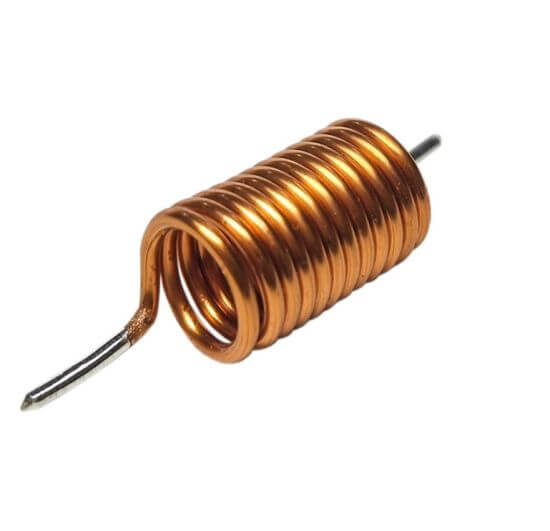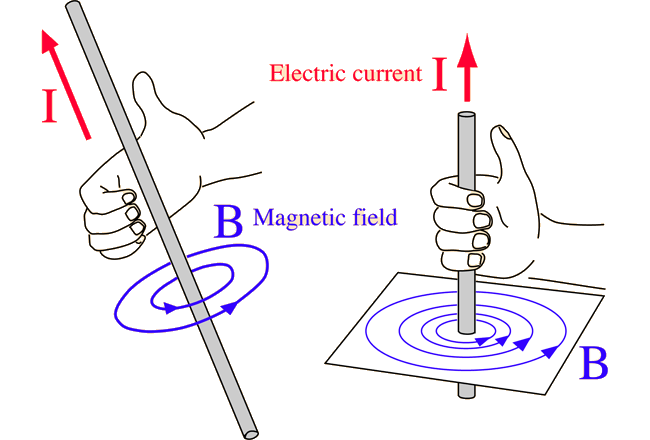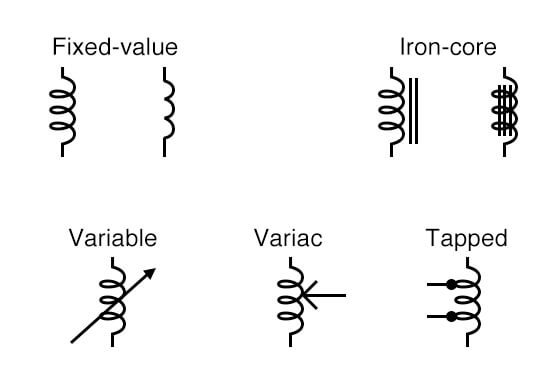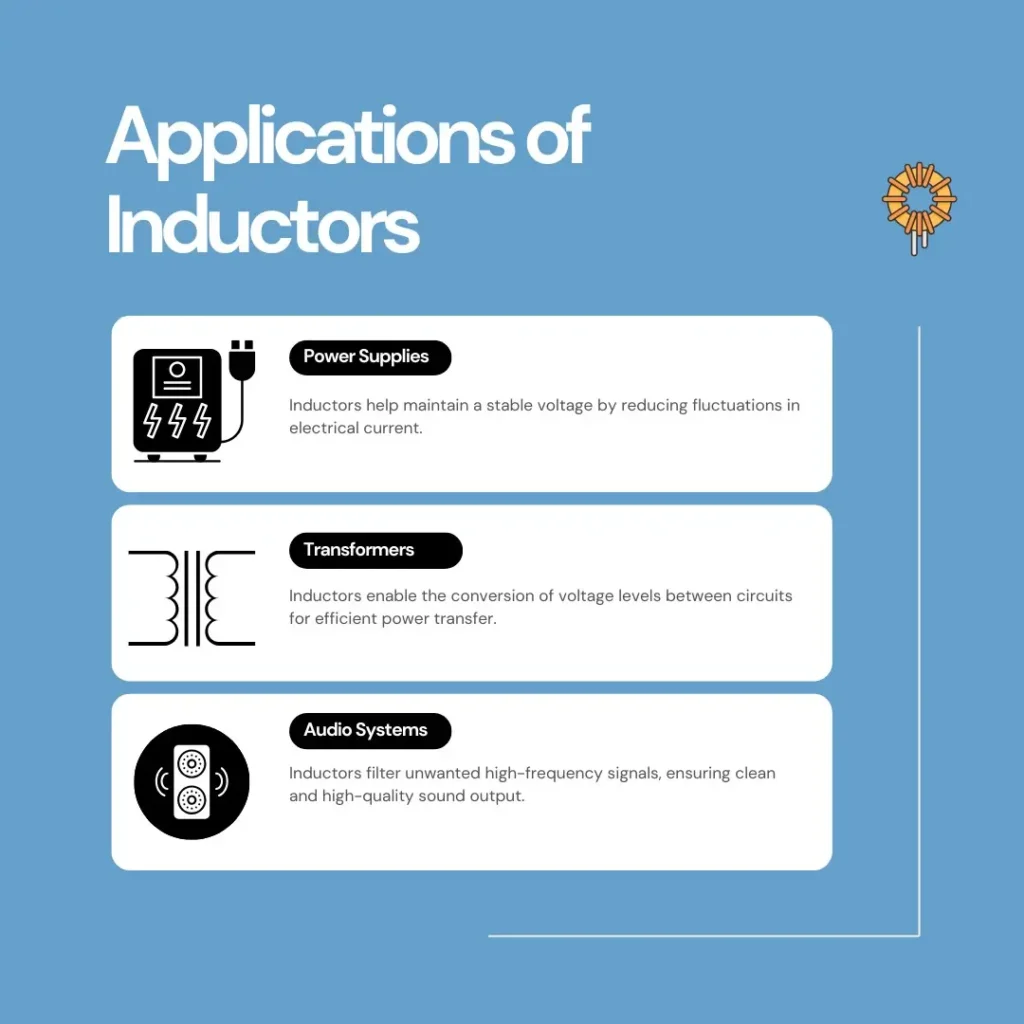Table of Contents
What Is an Inductor?
An inductor is a passive electronic component that stores energy in a magnetic field. Think of it as a coil of wire that reacts to changes in current. This unique property, known as inductance, is measured in Henrys (H) and is crucial for controlling current flow in circuits.
Inductors play a key role in everything from power supplies to audio systems, making them indispensable in modern electronics.

To understand more about essential components like the LR41 battery equivalents, which often power circuits involving inductors, check out this detailed guide.
How Does an Inductor Work?
Inductors store energy when an electric current flows through them, creating a magnetic field. This field resists sudden changes in current, providing stability to circuits.
For instance, in audio systems, inductors help filter high-frequency noise, ensuring cleaner sound quality. This energy-storing ability makes them vital for devices like transformers and sensors.

Inductor Symbols

For a practical perspective on integrating inductors into DIY projects, explore our article on building a robot with Arduino for hands-on applications.
Types of Inductors
Inductors vary based on their core materials and applications:
- Air Core Inductors: Ideal for high-frequency circuits.
- Iron Core Inductors: Used in transformers for higher inductance.
- Ferrite Core Inductors: Compact and efficient for modern electronics.
Comparison of Air Core, Iron Core, and Ferrite Core Inductors
| Type of Inductor | Core Material | Advantages | Limitations | Common Applications | Examples |
|---|---|---|---|---|---|
| Air Core Inductor | No magnetic material | – High-frequency operation – No core losses | – Low inductance – Larger size required | RF circuits, high-frequency filters | Antennas in radios, oscillators |
| Iron Core Inductor | Laminated iron | – High inductance – Efficient for low frequencies | – Core losses – Bulkier than ferrite core | Power transformers, chokes | Power grids, audio transformers |
| Ferrite Core Inductor | Ferrite (ceramic-like magnetic material) | – Compact size – Low core losses at high frequencies | – Saturates at lower currents compared to iron core | Modern electronics, power supplies | Inductors in smartphones, SMPS |
Applications of Inductors
Inductors serve numerous purposes in electronics:
- Power Supplies: Regulate voltage fluctuations.
- Transformers: Step up or down voltage efficiently.
- Signal Filters: Eliminate unwanted frequencies in audio and communication systems.

Inductors play a vital role in various fields, including VLSI design and embedded systems, where precision and efficiency are key.
Table Example:
| Application | Function |
|---|---|
| Power Supplies | Stabilize voltage |
| Transformers | Convert voltage levels |
| Audio Systems | Filter signals |
Mathematical Concepts
Key formulas for understanding inductors:

These formulas are essential for designing and analyzing circuits involving inductors.
Inductor vs. Capacitor
| Feature | Inductor | Capacitor |
|---|---|---|
| Function | Resists current changes | Resists voltage changes |
| Energy Storage Medium | Magnetic field | Electric field |
| Common Applications | Power regulation, filters | Energy storage, oscillators |
Conclusion
Inductors are crucial in electronics, ensuring stability and efficiency in various devices. From power supplies to advanced communication systems, their role is both vital and fascinating.
Explore more about their functions, applications, and design to unlock the potential of these magnetic marvels!
FAQs
What is the primary purpose of an inductor?
To store energy in a magnetic field and resist current changes.
How does an inductor block AC but pass DC?
It creates reactance proportional to the AC frequency, blocking higher frequencies.
Why are inductors used in power supplies?
They stabilize voltage by resisting current fluctuations.
For those new to electronics, our beginner’s guide on basic electronic components can help you build a strong foundation.